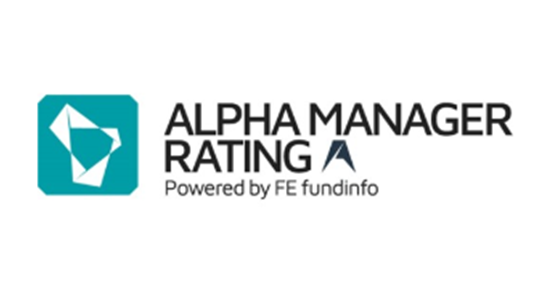The EU’s Sustainable Finance Disclosure Regulation (SFDR) and the Taxonomy Regulation were accompanied by changes to a number of existing directives and regulations – MiFID II, UCITS, AIFMD, Insurance Distribution Directive (IDD) – to ensure that environmental, social and governance (ESG) considerations are fully embedded into pretty much all mainstream activities.
Fund groups will need to disclose how they integrate sustainability risks into their investment processes and their funds. Advisers will need to disclose how they integrate those risks into their advice process, what criteria from fund groups they take into account, and will need to ask their clients how they want to consider sustainability in their investments, if at all.
Once the SFDR level 2 regulatory technical standards (RTS) come into effect, fund groups and other product providers will need to disclose how they consider principal adverse impacts (PAIs) of their investments on sustainability (or, if not, why not), which PAIs they consider and what they are doing about those adverse impacts. They will also need to populate detailed pre-contractual and periodic disclosure templates for any of their funds that promote environmental or social characteristics (“Article 8” funds) or that have sustainable investment objectives (“Article 9” funds).
And that is where the EET comes in.
As with the existing European templates for Solvency II, PRIIPs and MiFID, the EET is not a regulatory initiative, but has been developed by the industry for the industry. Like the earlier templates such as EMT and EPT, it is also not mandatory, but will undoubtedly become the industry standard, with recipients demanding it is used to transmit data electronically to them and ease the process of exchange.
What’s in the EET?
Investment products, including UCITS, AIFs, pensions, insurance-based investment products and managed portfolios, will need to provide information on how they consider the mandatory and optional PAIs if they are classed as Article 8 or 9. If their investment policies include screening criteria, such as exclusions of certain sectors, companies or activities, this should be included.
As well as having a few fields specific to France and Germany, lifted straight from the EMT, there is also a section aiming to cater for the needs of ESG disclosure in the UK, but it is still a bit early to try to tie those down.
Who needs to populate the EET, and who needs the output?
A very wide range of products and providers come into scope of SFDR, including funds of all kinds, pensions, managed portfolios. And, as well as the providers of all of these, financial advisers also need to report on the integration of sustainability risks.
So the providers of the primary investment products (the ones with direct contact with the investee companies, sovereign issuers or real estate held in the portfolios) will need to supply the data on the PAIs and any screening policies. Any products further along the chain will then need to aggregate the relevant data for their products, and so on until the end distributors can see the picture at the level of the products they are recommending to their clients.
The data from the EET can also be used by each product provider to populate the pre-contractual and periodic templates that need to be included in the prospectus and annual report, respectively.
But the EET is not just about the SFDR and Taxonomy Regulation. For example, MiFID firms will need to include their clients’ ESG preference in their suitability considerations from August 2022, and the EET may be the perfect source for the level of detail required for that.
So, while the live date for the SFDR RTS was recently put back from 1 July 2022 to 1 January 2023, we don’t expect a commensurate delay to the live date of the EET, although it can’t be fully implemented until the RTS have at least been adopted by the European Commission. It is the Commission’s need for extra time to do this that has led to the delay.
In the meantime, work is continuing on developing our data collection and dissemination (and, where relevant, calculation) of the necessary data.





